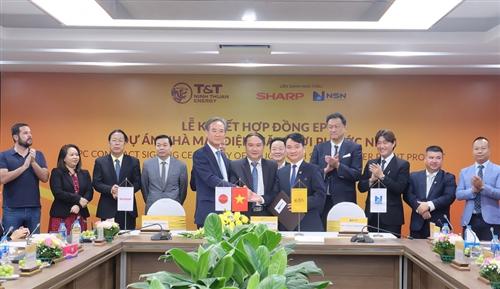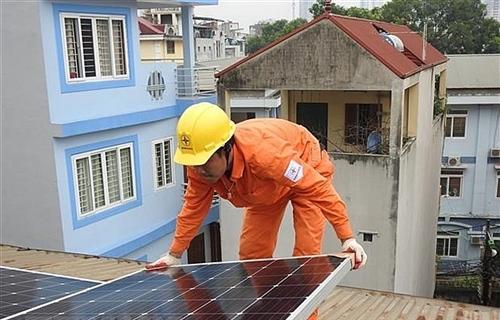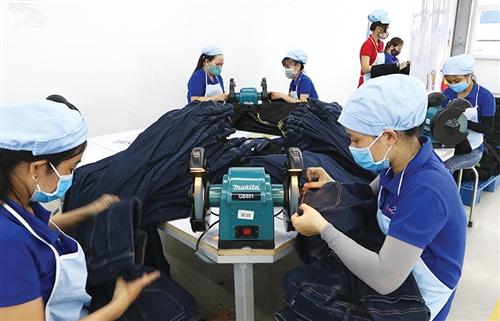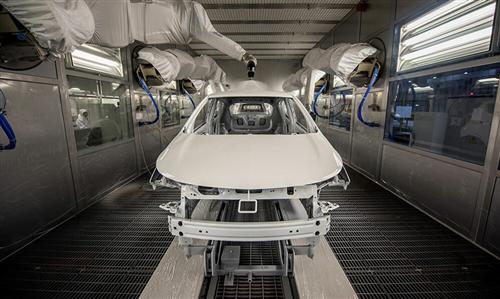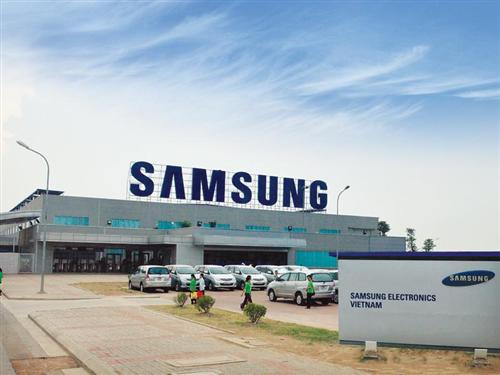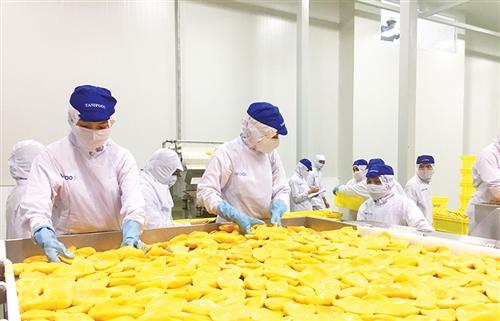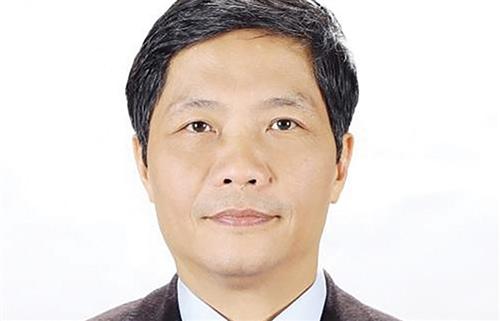Samsung’s R&D plans in Vietnam proceed at full tilt
Samsung’s R&D plans in Vietnam proceed at full tilt
Samsung’s largest research and development activities in Vietnam are scheduled to kick off imminently, further strengthening Vietnam’s status as an attractive investment destination for major multinationals.
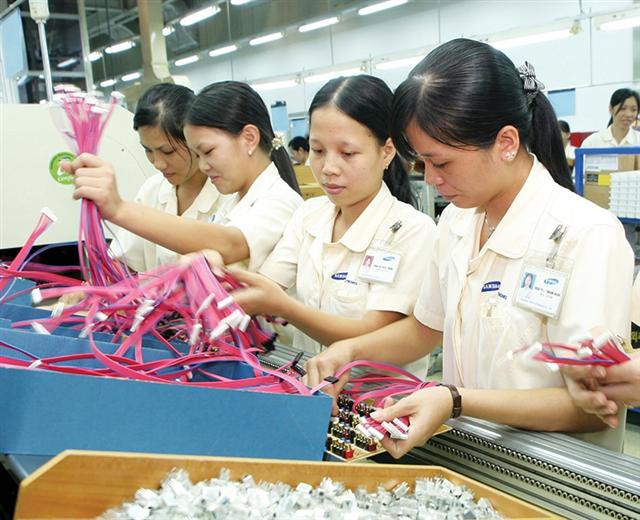
Samsung is continuing its success story after more than a decade in Vietnam. Photo: Le Toan
|
The South Korean conglomerate plans to start construction of the largest R&D centre in the country in Hanoi, even though its construction ceremony is likely to be postponed due to the ongoing COVID-19 outbreak.
Over the past couple of years, Samsung has shifted the bulk of its device production to India and Vietnam, and there have been no reports of these units being affected by the health crisis, as opposed to other big tech groups such as Apple. Samsung has insisted that all operations in Vietnam continue as usual.
The large-scale R&D centre will further reinforce Samsung’s commitment to do business in Vietnam. Under the plan, the group expects to provide 3,000 local jobs.
Huge investment from Samsung was previously pumped into the northern province of Bac Ninh, then the group rented 2,000 square metres in Hanoi’s PVI Building to develop Samsung Vietnam Mobile R&D Center, contributing a vital role in Samsung’s global R&D activities.
The new centre will become the largest for the tech giant in Southeast Asia, becoming a leader towards researching, deploying, and applying new technologies of the Fourth Industrial Revolution. In addition, the centre will also be a place to train high-tech human resources and especially technologies such as AI and big data.
Along with a focus on complexes in the northern province of Thai Nguyen and Bac Ninh, Samsung is focusing on R&D activities such as those at Samsung Electronics HCMC CE Complex in Ho Chi Minh City, where home appliances such as washing machines are manufactured.
Samsung’s strong commitments in R&D activities are reaffirming Vietnam as a key destination for international enterprises’ global production bases.
The country is witnessing similar activities from other enterprises. German technology group Bosch boasts two R&D centres in Ho Chi Minh City, demonstrating its strong commitment to invest further in Vietnam which the company believed will soon become a regional R&D hub.
Besides those, US-based Qualcomm and Grab are also reportedly in discussions for further advances in this area.
Vietnam is trying to lure in high technologies and research in an attempt to create a new role for itself in the context of Industry 4.0.
Notably, the Politburo’s Resolution No.50-NQ/TW issued last August on directions for improving institutions and policies to enhance the quality and effectiveness of foreign investment co-operation to 2030 sets incentives for strategic investors and multinational groups that wish to invest in national key projects and high-tech projects.
Vietnam targets attracting up to $200 billion, equal to $40 billion per year, in registered capital during 2021-2025; and $300 billion, equal to $50 billion per year, during 2026-2030. Disbursed investment capital will hover around $100-150 billion during 2021-2025, and $150-200 billion during 2026-2030, according to Resolution 50.



